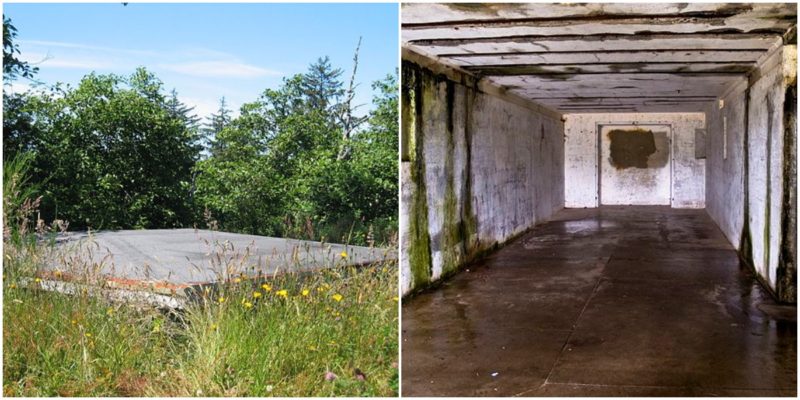Decommissioned military structures are places full of history. Every corner of them is rich with stories which later have become myths or legends. Although some of these military relics were officially transformed into war museums and protected as important monuments, some parts of them, or even entire complexes, are abandoned and left to deteriorate.
The moldy barracks which once housed a great number of soldiers, the rusting gun batteries, the ruined and dark tunnels covered in graffiti. These neglected structures often show how careless a society can be for the objects which once protected the peace of entire nations.
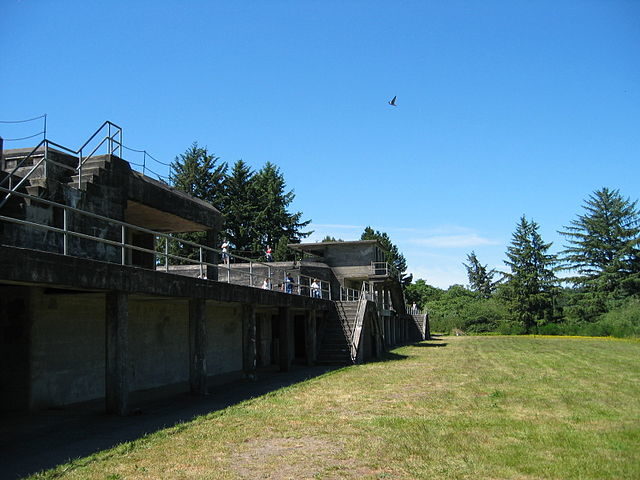
Today Fort Stevens is part of a 4,200 acre state park which offers adventurous journeys into nature and history. It was built shortly before the end (1863/64) of the American Civil War by soldiers of the U.S. Army. The fort was erected purposely on this strategically important spot, on the south side of the Pacific entrance of the Columbia River, for only one reason: to defend the North of U.S. from possible English attacks from Canada. The Union generals were concerned that the British Empire may enter the war on the side of the Confederate forces. But this never happened, from the fort not a single bullet was fired in conflict.
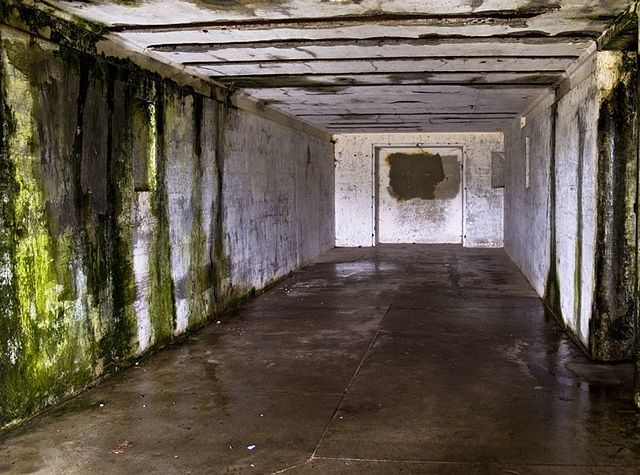
Construction of the fort was finished in 1865. At first it was a simple earthwork formed of earthen walls with the fortified positions mainly constructed of dirt. There were several gun emplacements and a few officer buildings. As a additional protection, the fort was encircled with a huge channel. The only access was through the drawbridge. At the beginning it was called the Fort at Point Adams, but later the bastion was named in honor of General Isaac Stevens, a former Governor of the Washington territory. He died in September 1862 in the famous Battle of Chantilly (or Ox Hill).
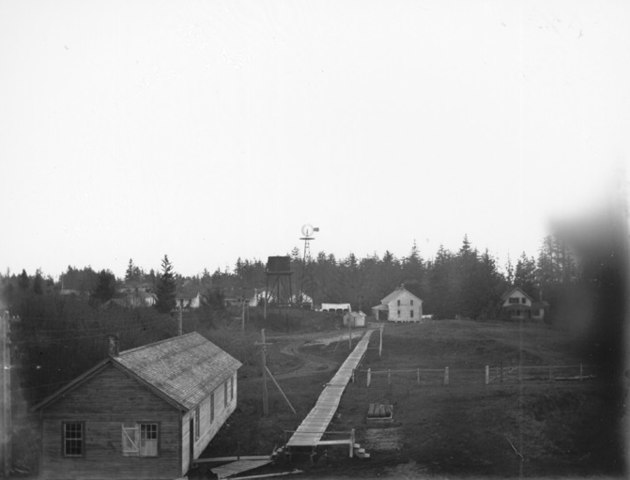
In 1897 the fort was included in a huge project to improve and modernize the coastal defenses across the U.S. Fort Stevens was enlarged and colossal upgrading and renovations were also made. When the reconstruction was finished, the fort started to look like a real stronghold. Eight batteries made of earth and reinforced concrete were built. The coastal area was secured with massive gun batteries and minefields laid at the mouth of the river were defended by small caliber guns. Actually the whole area at the Columbia River approach was strongly fortified. Fort Canby and Fort Columbia were erected on the Washington State side of the river entrance during the project.
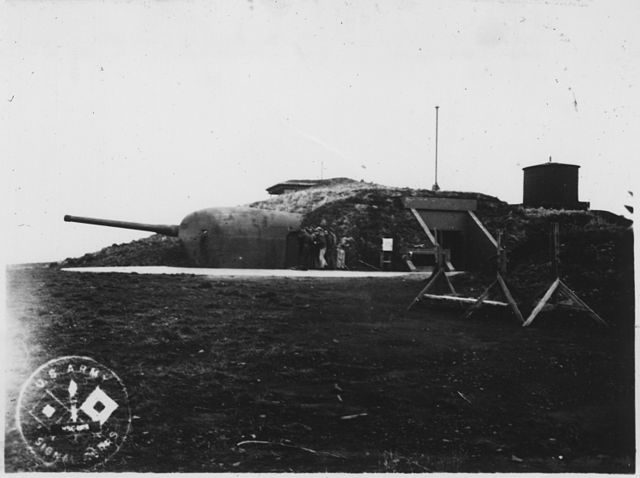
In the days of World War II, Fort Stevens and the two forts on the other side of the river had their zenith. They became the temporary home of nearly 2500 soldiers who were stationed there during the war. Because of the huge number of troops, new barracks were erected. The old gun emplacements were reconstructed and a new one, Battery 245, was built. The old weaponry was replaced with technologically more advanced artillery guns. For example, the two new 6 inch rifles had a range of approximately 15 miles.
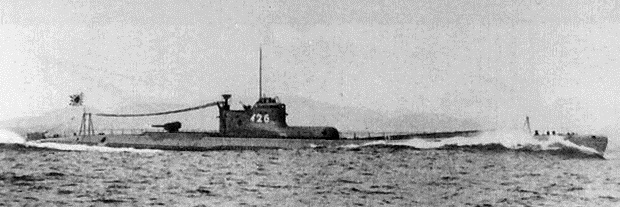
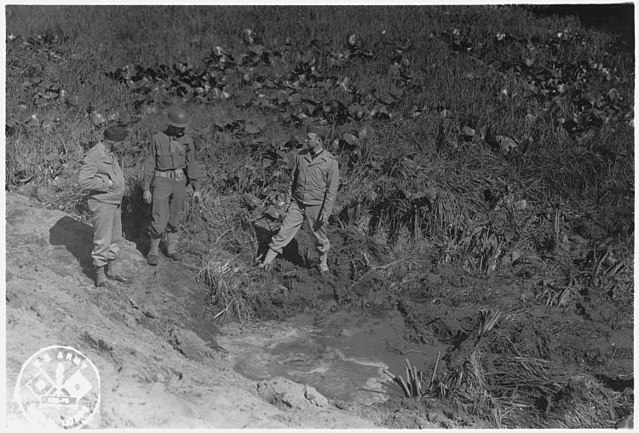
It is an interesting fact that Fort Stevens was attacked only one time. The incident happened one hot summer night in June 1942. A Japanese submarine (the I-25) launched 5.5 inch artillery projectiles towards the fort. There wasn’t made serious damage, only the baseball field and a swamp were harmed a little. Actually, Fort Stevens was the only military installation to be attacked by an enemy force since 1812 on the U.S. mainland.
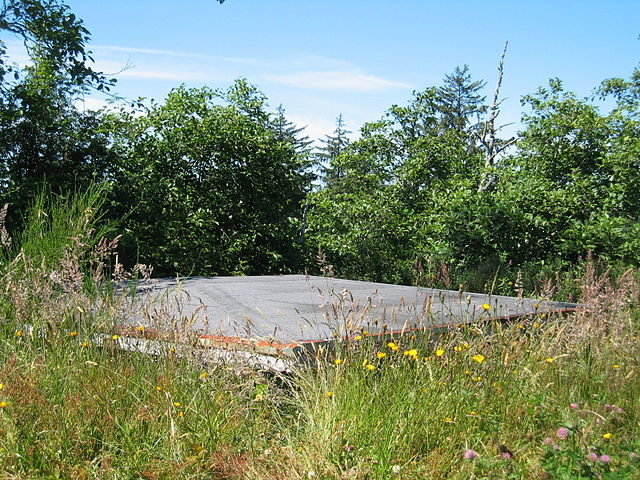
After World War II the forts in the area lost their importance. In 1947 Fort Stevens was disarmed. All of the batteries were closed and the weaponry was removed. The site was passed into the possession of the Army Corps of Engineers, then in 1975 it became state property and immediately was developed into an historic park. Today parts of concrete structures of the fort still stand proud, although in ruins and overgrown with vegetation. But also, especially in the past years, huge parts of the structures have been restored and transformed into a war museum and tourist attraction.
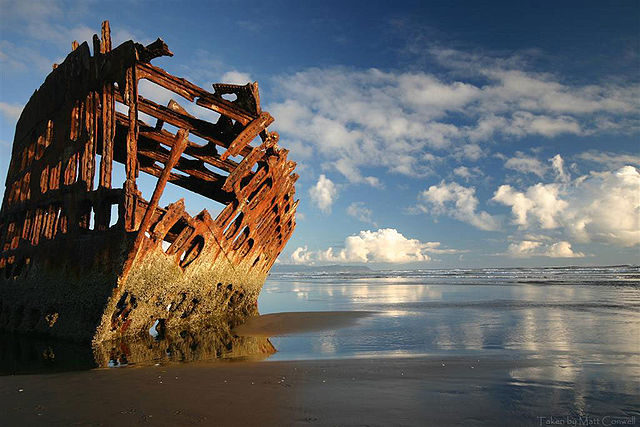
At the site can also be seen the wreck of the merchant vessel HMS Peter Iredale, which was beached nearby to Battery Russell in 1906. The shipwreck only completes the haunting image of the former fort and the area.
